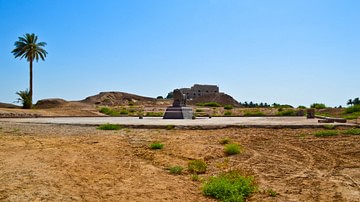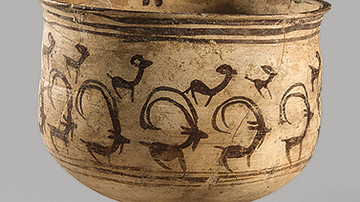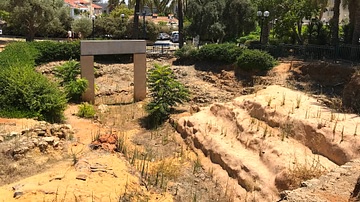Illustration
The Stone Lion of Hamadan, which once had a twin, was part of the old gate of the city of Ecbatana in Persia (modern-day Iran). According to some accounts, the lions were built upon the order of Alexander the Great (r. 336-323 BCE) to commemorate the death of his close companion, Hephaestion (l.c. 356-324 BCE), in 324 BCE.
About the Author
Cite This Work
APA Style
Raddato, C. (2021, October 29). Stone Lion of Hamadan, Iran. World History Encyclopedia. Retrieved from https://www.worldhistory.org/image/14763/stone-lion-of-hamadan-iran/
Chicago Style
Raddato, Carole. "Stone Lion of Hamadan, Iran." World History Encyclopedia. Last modified October 29, 2021. https://www.worldhistory.org/image/14763/stone-lion-of-hamadan-iran/.
MLA Style
Raddato, Carole. "Stone Lion of Hamadan, Iran." World History Encyclopedia. World History Encyclopedia, 29 Oct 2021, https://www.worldhistory.org/image/14763/stone-lion-of-hamadan-iran/. Web. 30 Jun 2025.
